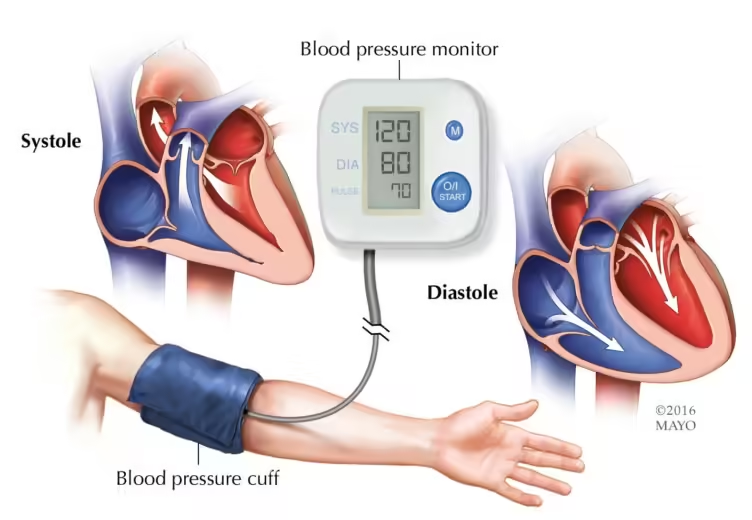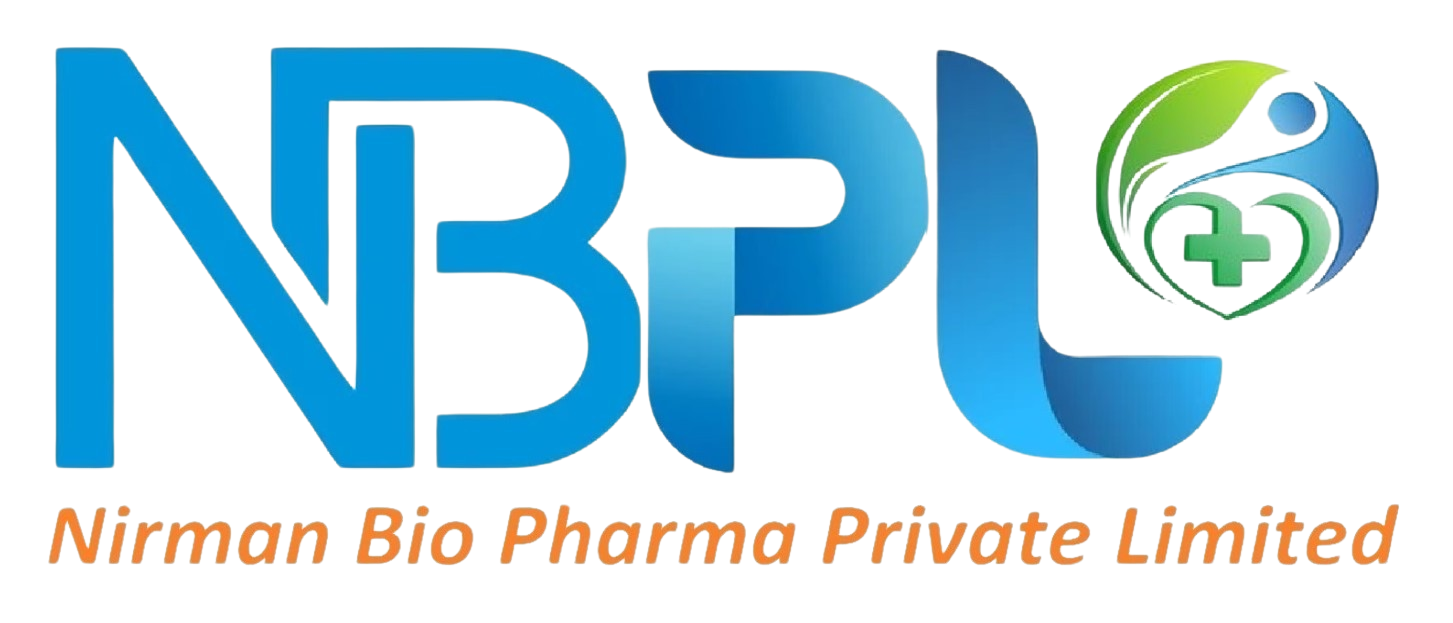- Your cart is empty
- Continue Shopping
How to Identify High Blood Pressure
-
nirmanbiopharma
- Posted on
- 0 comments

1.Understanding Blood Pressure Readings
2.Know the Risk Factors
- Age: Risk increases with age.
- Family history: Genetics plays a role.
- Obesity: Excess weight strains the heart.
- Unhealthy diet: High sodium and low potassium intake.
- Physical inactivity: Lack of exercise.
- Smoking: Increases blood pressure temporarily.
- Stress: Chronic stress can elevate blood pressure.
3. Recognize Symptoms
- Severe headaches
- Shortness of breath
- Nosebleeds.
- Dizziness
- Chest pain
4.Regular Blood Pressure Monitoring
6.Understand White-Coat Hypertension
7.Track Trends and Variations
8.Follow Healthy Lifestyle Practices
- Healthy diet: Low in sodium, rich in fruits, vegetables, and whole grains.
- Regular exercise: Aim for at least 150 minutes of moderate-intensity exercise per week.
- Weight management: Maintain a healthy weight.
- Limit alcohol: Moderation is key.
- Manage stress: Practice relaxation techniques.
9.Seek Medical Evaluation
10.Monitor Other Health Indicators
Conclusion
By following these guidelines, you can proactively monitor your blood pressure, recognize potential signs of hypertension, and take necessary steps to maintain optimal health. Stay informed, prioritize regular health screenings, and adopt a healthy lifestyle to manage blood pressure effectively.
For more personalized guidance on managing hypertension, consult a healthcare professional who can provide tailored recommendations based on your individual health needs and risk factors. Taking proactive steps today can lead to a healthier tomorrow.

